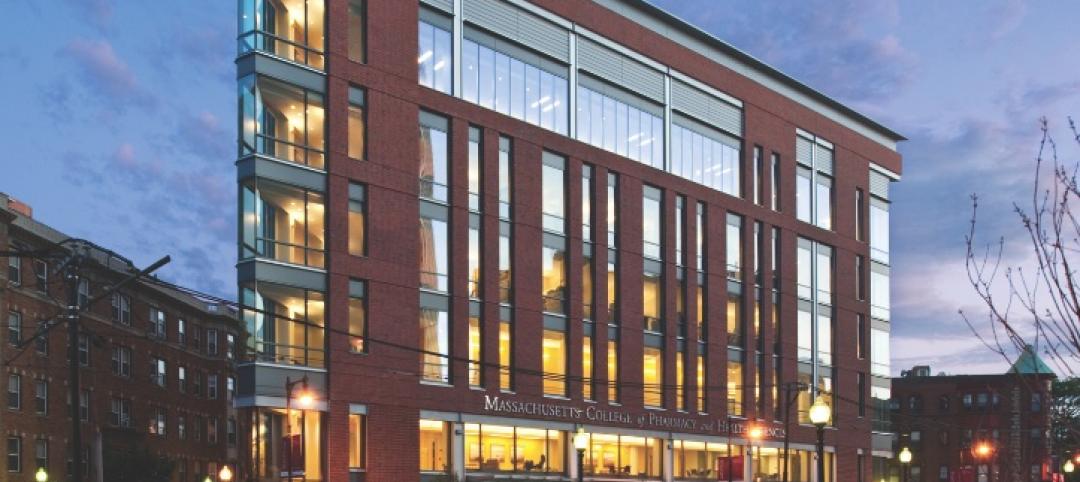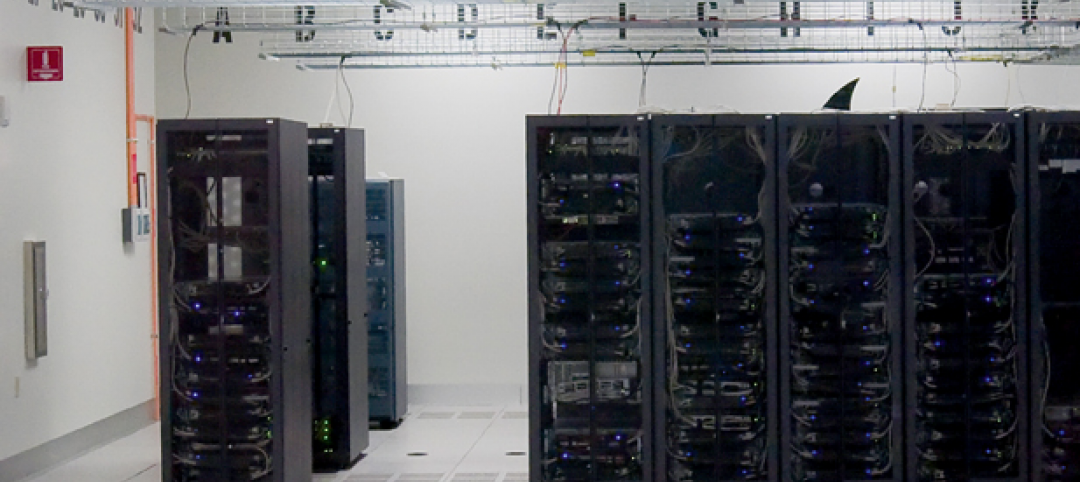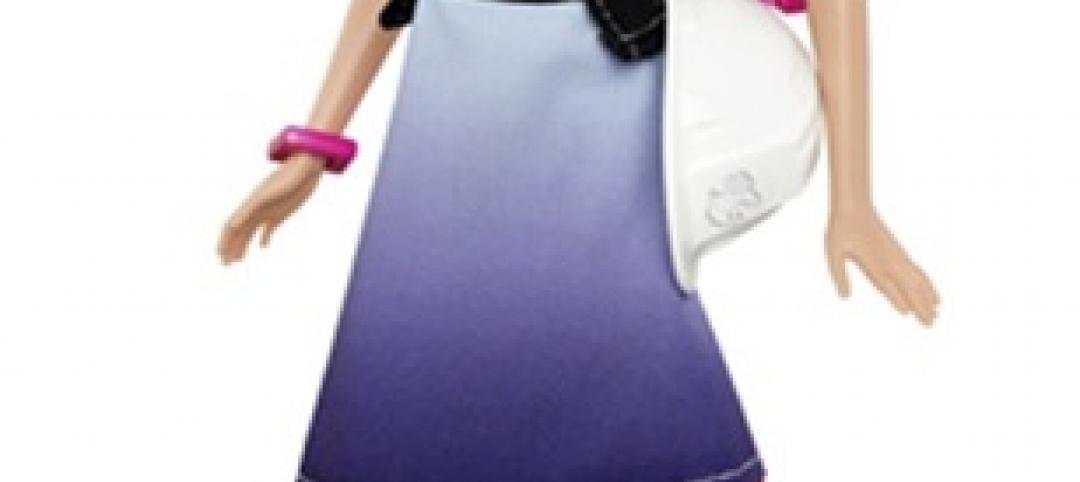According to independent product testing by the Department of Energy (DOE), LED is proving to offer viable alternatives to conventional lighting in many popular applications. As a young technology, LED lighting has certainly come a long way in a short time, but it does carry risks, just as any new technology would have.These risks can be mitigated by being an educated consumer — not just about LED, but about lighting in general — to ensure that these new products fit properly into their intended applications.
LED lighting offers many benefits: high efficiency, long life, compact size, no mercury, no filaments or arc tubes to break, and no heat or ultraviolet energy in its transmission. The designer should understand principles of good lighting and consider the complete story of a lighting product, including attributes such as color quality, luminaire spacing, form factor, light pattern, compatibility between devices and controllability. The designer should also understand the application so as to put all of these attributes into context for a good fit. Deep understanding will reveal the right choice of technology and product. The more demanding the lighting application, the greater the need for a high-quality product in this get-what-you-pay-for era in LED lighting.
The designer should get to know the technology through education and experimentation with samples. Even though LED luminaires may appear in familiar forms such as recessed downlights, they behave differently than conventional sources. One of the most important differences is lumen depreciation. LEDs exhibit a higher level of lumen depreciation than many conventional light sources, with ambient heat being a major consideration, since heat buildup in the LEDs degrades light output. A well-designed product with good thermal management (known as heat sinking) will maintain higher light output over time. Dimming also results in cooler operation and can support lumen maintenance. Some products feature on-board lumen management capability, using dimming to maintain constant light output over the life of the product.
Modules that incorporate the LED engine, heat sink and driver in a single unit enable replacement without having to change the entire LED luminaire. Satco Products’ Kolourone module shown.
Lumen depreciation is typically indicative of the failure mode, with products rated at L70, L80, etc. This indicates rated life in hours at a point where light output has degraded to 70 or 80 percent of the original rating and so on. In applications where maintaining target light levels is critical, the product should have some type of end-of-life indicator or the owner must otherwise take responsibility for replacing the product when it is no longer properly serving the application. The driver may also fail, providing a clear end-of-life signal.
What will actually be replaced is determined during specification. LED luminaires are typically integrated devices consisting of the LED light engine, heat sink, driver electronics and luminaire. This means at end of life, the entirety of a fixture will need to be replaced. A growing number of products offer modular designs isolating the LED engine, heat sink and driver as separate components that can be serviced or upgraded. This provides a durable luminaire while enabling it to be upgraded as source technology continues its rapid development. Some products are based on a proprietary platform, with the owner tied to a single manufacturer, while some are based on Zhaga specifications, which offer the luminaire as an open platform with interchangeability among vendors.
Another example of how LED is different than conventional lighting is in color quality. Color rendering ability of conventional light sources is expressed using the color rendering index (CRI). The shortcomings of this popular metric have been accepted for decades but are more pronounced with LED lighting, which has a spectral emission distinct from conventional sources. As a result, some red-blue-green LED combinations suffer low CRI ratings even though they may visually appear right. Conversely, CRI may be high while the source is visually poor to the eye. Alternative metrics such as the Color Quality Scale have been proposed but are not yet widely accepted. At this time, there is no substitute for sampling a product to see firsthand how it renders skin tones and other critical colors.
The above discussion raises a final point. When evaluating LED products, it is useful to become familiar with new industry metrics designed to address the unique characteristics of the technology. IES-LM-79-2008, for example, details a testing standard for total light output, luminaire efficacy, chromaticity, color temperature and other characteristics. IES-LM-80-2008 lays out a method to test lumen depreciation for LED packages, modules and arrays from 6,000 to 10,000 hours, while IES-TM-21-2011 provides a procedure for extrapolating this data to estimate light output to end of life.
It’s an exciting time for the lighting industry as LED and other SSL technologies continue to fight their way to the forefront of many specifications. These technologies offer many benefits, but designers should be cautious about selecting product. Fortunately, many resources are now available to enable educated decisions.
LED RESOURCES
Government and industry have invested considerable resources to protect consumers during this time of market transformation. These resources provide designers with valuable tools they can use to identify and evaluate quality LED products.
DOE SSL Program: The DOE SSL program includes a variety of market transformation activities and free reports, including independent product testing, product demonstrations, market analysis and other useful information and tools. Learn more at
www.ssl.energy.gov.
Lighting Facts Label: Lighting Facts is a voluntary labeling program that provides a quick snapshot of lighting performance in a consistent format based on standardized testing. Thousands of products use it.
Learn more at www.lightingfacts.com.
ENERGY STAR: ENERGY STAR is another voluntary label that indicates that a given product performs as well as the conventional lighting product it is intended to replace, while saving energy. Covered products include some categories of commercial and residential luminaires, as well as retrofit lamps. Learn more at www.energystar.gov.
Qualified Products List: The Qualified Products List, maintained by the DesignLights Consortium, goes beyond ENERGY STAR to include 19 product categories and numerous performance aspects. Some utilities rely on the Qualified Products List to identify products suitable for rebates. Learn more at www.designlights.org.
Next Generation Luminaires Design Competition (NGLDC): The NGLDC is a commercial luminaire design competition that recognizes many of the best LED fixtures in the market based on rigorous criteria. Learn more at www.ngldc.org.
Lighting for Tomorrow: Lighting for Tomorrow is an awards program similar to the NGLDC, but it honors products geared to the residential market. Learn more at www.lightingfortomorrow.com.
Related Stories
| Feb 23, 2011
Call for Entries: 2011 Building Team Awards, Deadline: March 25, 2011
The 14th Annual Building Team Awards recognizes newly built projects that exhibit architectural and construction excellence—and best exemplify the collaboration of the Building Team, including the owner, architect, engineer, and contractor.
| Feb 23, 2011
The library is dead, long live the library
The Society for College and University Planning asked its members to voice their thoughts on the possible death of academic libraries. And many did. The good news? It's not all bad news. A summary of their members' comments appears on the SCUP blog.
| Feb 23, 2011
Data center trends: green design, technology upgrades
While green data centers will continue to be a trend within the industry, technology is also driving infrastructure upgrades that have never been seen before, according to the 2011 Data Center Technical Market Report from Environmental Systems Design. The report also includes an overview of the national data center market, construction costs, blackouts and disaster prevention, and site selection.
| Feb 23, 2011
“School of Tomorrow” student design competition winners selected
The American Institute of Architecture Students (AIAS) and Kawneer Company, Inc. announced the winners of the “Schools of Tomorrow” student design competition. The Kawneer-sponsored competition, now in its fifth year, challenged students to learn about building materials, specifically architectural aluminum building products and systems in the design of a modern and creative school for students ranging from kindergarten to sixth grade. Ball State University’s Susan Butts was awarded first place and $2,500 for “Propel Elementary School.”
| Feb 23, 2011
Barbie's newest career: Architect
Mattel is introducing Architect Barbie this fall, following a campaign that started in 2002 to give the iconic blond a design job. The doll comes in a signature pink outfit, but if she's truly hoping to pass an an architect, shouldn't she be wearing all black?
| Feb 23, 2011
Green building on the chopping block in House spending measure
Bryan Howard, Legislative Director of the U.S. Green Building Council, blogs about proposed GOP budget cuts that could impact green building in the commercial sector.
| Feb 23, 2011
Architecture Billings hold steady after two months of improving conditions
After showing positive momentum during the fourth quarter of 2010, the Architecture Billings Index (ABI) slipped almost four points in January. The January ABI score was 50.0, which is down from a reading of 53.9 the previous month, but still reflects stable demand for design services. Any score above 50 indicates an increase in billings.
| Feb 22, 2011
LEED Volume Program celebrates its 500th certified Pilot Project
More than 500 building projects have certified through the LEED Volume Program since the pilot launched in 2006, according to the U.S. Green Building Council. The LEED Volume Program streamlines the certification process for high-volume property owners and managers, from commercial real estate firms, national retailers and hospitality providers, to local, state and federal governments.
| Feb 22, 2011
HDR Architecture names four healthcare directors
Four senior professionals in HDR Architecture’s healthcare program have been named Healthcare directors.













